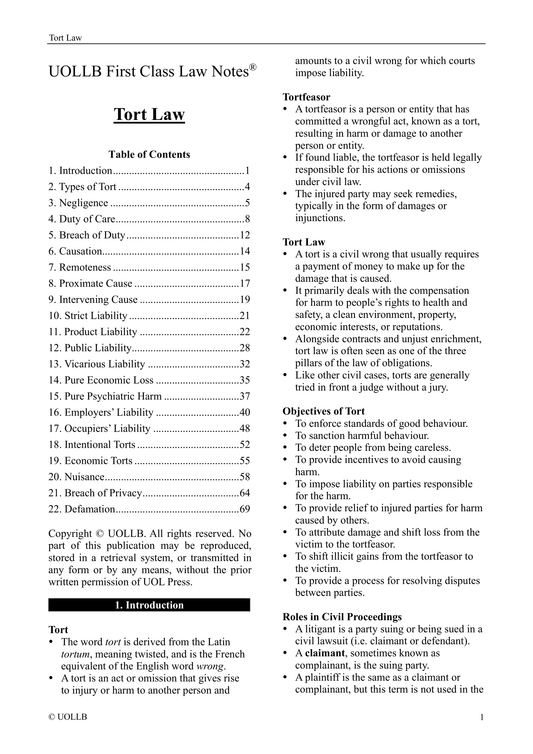Basic Intent
Share
Basic intent in criminal law refers to the mental state or level of intent or knowledge that a person has when they commit a crime. It is a broad term that covers a range of mental states to commit a crime including a general intention, recklessness and negligence.
Basic intent does not requires a specific intention to achieve a particular outcome. It is an essential element in many criminal offences, and the prosecution must prove that the accused person had the required level of intent at the time the crime was committed.
Examples of offences that fall under the category of basic intent include assault, battery, common assault, manslaughter, rape, sexual assault, maliciously wounding or inflicting grievous bodily harm, kidnapping and false imprisonment, and assault occasioning actual bodily harm.
These offences do not require a specific mental state like dishonesty or intention to permanently deprive in theft, but rather focus on the general intention of committing a criminal act which may not be intended to achieve the outcome of these offences but for some reason, such crimes are achieved in the course of committing the criminal act.
Basic intent does not requires a specific intention to achieve a particular outcome. It is an essential element in many criminal offences, and the prosecution must prove that the accused person had the required level of intent at the time the crime was committed.
Examples of offences that fall under the category of basic intent include assault, battery, common assault, manslaughter, rape, sexual assault, maliciously wounding or inflicting grievous bodily harm, kidnapping and false imprisonment, and assault occasioning actual bodily harm.
These offences do not require a specific mental state like dishonesty or intention to permanently deprive in theft, but rather focus on the general intention of committing a criminal act which may not be intended to achieve the outcome of these offences but for some reason, such crimes are achieved in the course of committing the criminal act.




























































